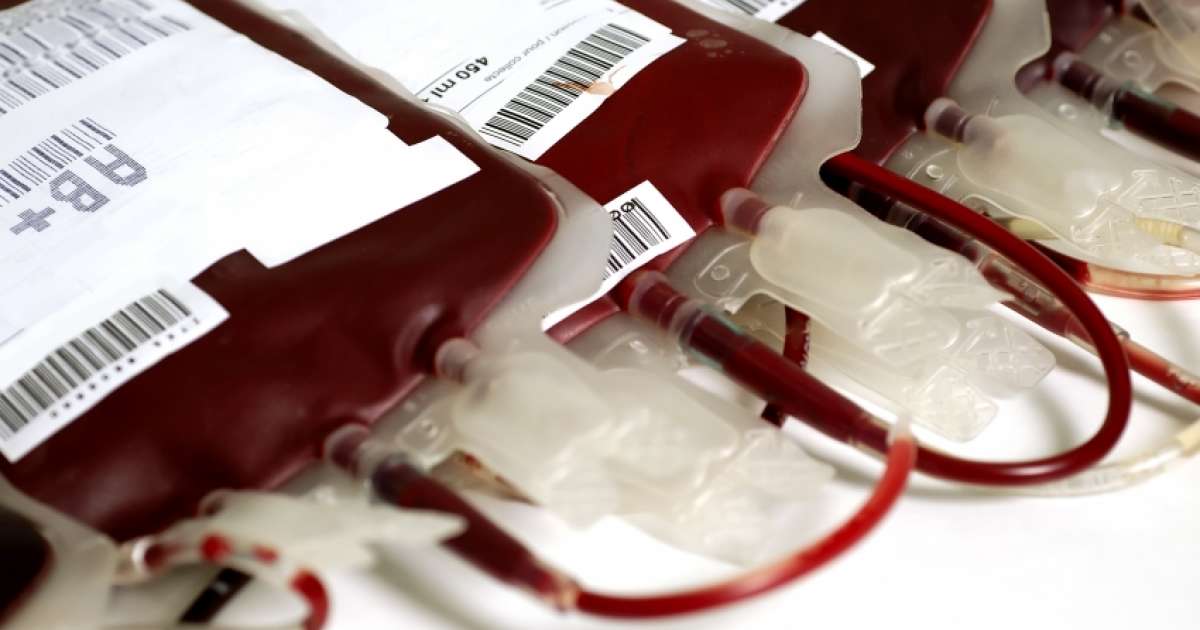By analyzing data from randomized clinical trials comparing blood transfusion approaches, Johns Hopkins experts, along with colleagues at Cleveland Clinic and NYU Langone Medical Center, endorse recommendations for blood transfusions that reduce blood use to improve patient safety and outcomes. Publishing this week in JAMA Internal Medicine, the report also provides a how-to guide for launching a patient blood management program.
“In summary, there is no benefit in transfusing more blood than necessary and some clinical trials actually show harm to patients,” says Steven Frank, MD, professor of anesthesiology at the Johns Hopkins University School of Medicine. “All this does is increase risks and cost without adding benefit,” he adds.
As defined by existing guidelines and the clinical trials reviewed, the report reinforces these recommendations:
Stable adult patients, including critically ill patients, with hemoglobin levels of 7 g/dL or higher should not be transfused. Patients undergoing orthopaedic or cardiac surgery, or patients with underlying heart disease with hemoglobin levels of 8 g/dL or higher should not be transfused. Patients who are stable and not actively bleeding should be transfused with a single unit of blood and then reassessed.
The clinical trials that were examined compared so-called liberal versus restrictive blood transfusions. Liberal transfusions are those given to patients with 9 to 10 grams of hemoglobin per one-tenth liter, or deciliter, of blood volume, while restrictive transfusions are those given to patients with 7 to 8 grams per deciliter. Many of the clinical trials examined by this team used the number of patients who died within a 30- to 90-day window post-transfusion as a measure of patient outcome.
Of the more than 8,000 patients included in eight clinical trials that were reviewed, there was no difference in mortality between liberal or restrictive transfusions. One clinical trial found an increased mortality associated with liberal transfusion, and occurrence of blood clots was increased in the liberal cohort in a study that involved traumatic brain injury patients.

“These recommendations don’t apply to patients with acute coronary syndrome, severe thrombocytopenia and chronic dependent anemia, including sickle cell, because we didn’t see enough evidence for patients with these conditions,” says Frank.
The team also found that the largest randomized trials reduced the amount of blood used by 40 to 65 percent. Earlier this year, Frank reported the results of a four-year project to implement a blood management program across the Johns Hopkins Health System, reducing blood use by 20 percent and saving more than $2 million on costs over a year.
“As members of the High Value Practice Academic Alliance, we recognize the importance of promoting evidence-based recommendations for transfusion. Our analysis provides the evidence to reassure providers that restrictive transfusion practice actually improves patient care quality and safety, while yielding substantial reductions in health care expenditure and increasing the blood supply for patients with life-threatening bleeding,” says Frank.




